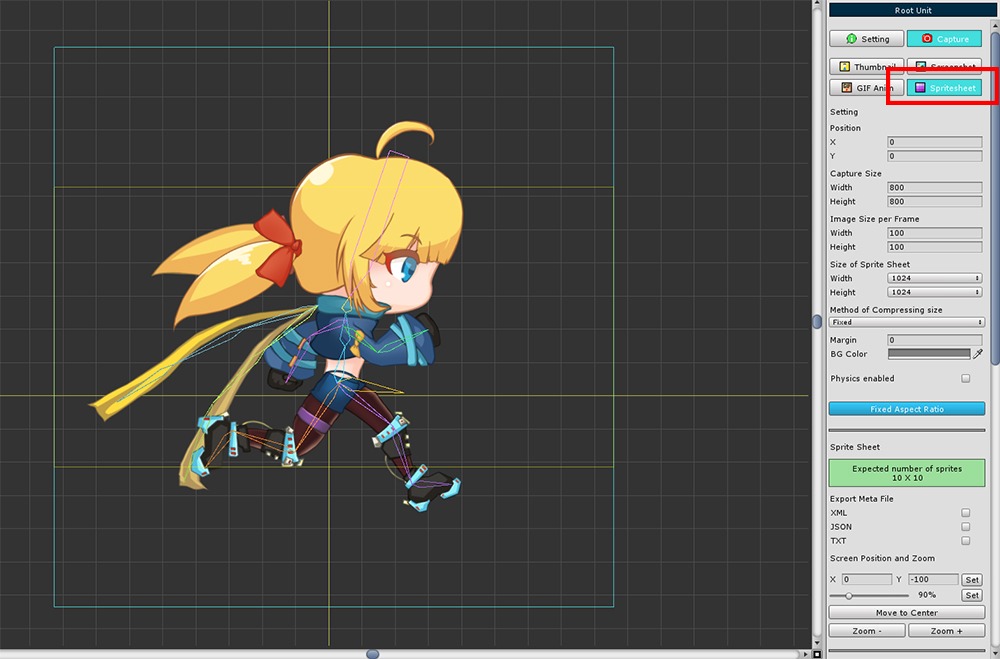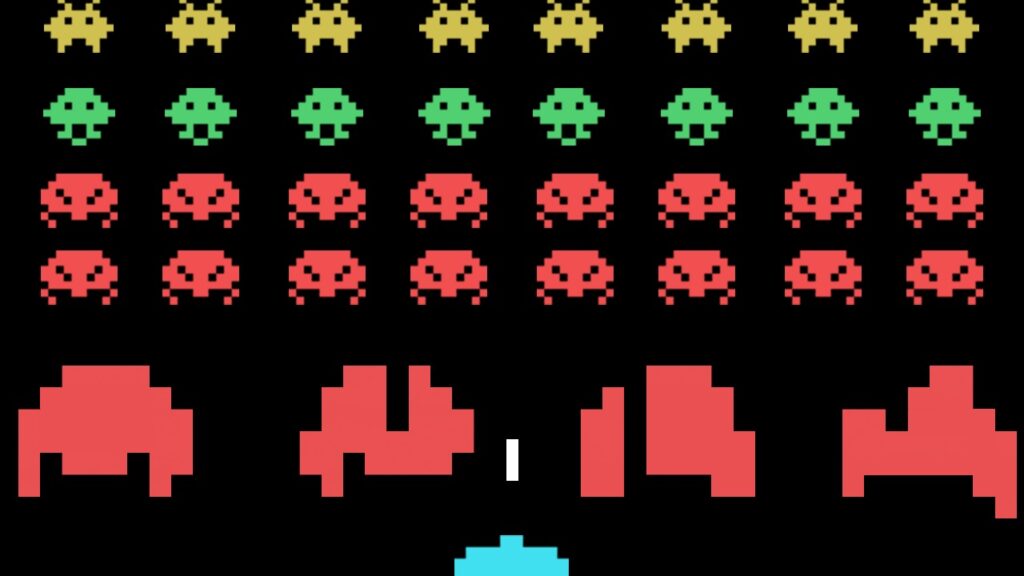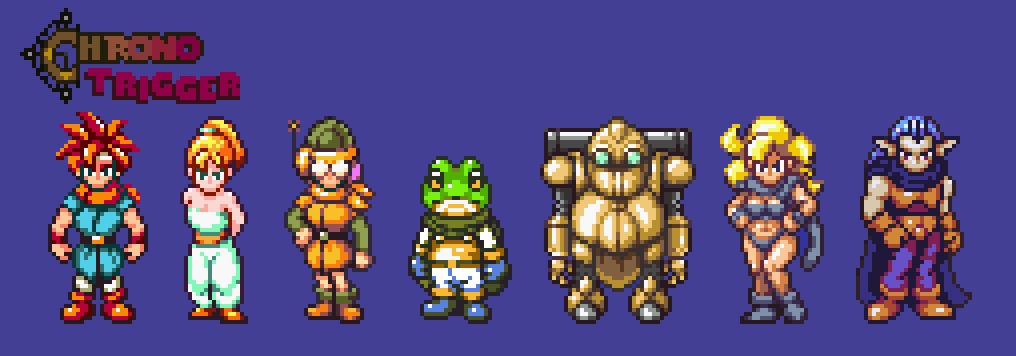Long before 3D polygons and motion-capture suits, game characters were born from grids of light.
They ran, jumped, blinked, and smiled — not because of complex rigs or shaders, but because of sprite animation, the craft of making the simplest images feel alive.
In an era when hardware limited artists to mere dozens of pixels, they compensated with imagination, rhythm, and storytelling.
At Oldies Nest, we believe sprite animation isn’t just a technique — it’s an art form that defined gaming’s identity and continues to inspire modern creators today.
What Exactly Is Sprite Animation?

A sprite is a 2D bitmap used to represent a character, object, or effect on screen.
Sprite animation involves sequencing multiple frames to create movement — like a flipbook running at lightning speed.
Each sprite sheet — rows of running, jumping, or attacking poses — is a labor of love.
Artists meticulously planned every frame so players could feel weight, timing, and personality.
Even without facial expressions, a well-animated sprite could convey anger, fear, or joy.
Games like Super Mario Bros., Street Fighter II, and Chrono Trigger showed that motion could be emotion, even in 16×16 pixels.
The Birth of Motion in Pixels
Sprite animation emerged in the late 1970s as arcades evolved from static screens to moving worlds.
Titles like Space Invaders (1978) used simple frame-by-frame changes to simulate motion, while Pac-Man (1980) added charming mouth movements that gave its yellow hero life.

By the mid-1980s, consoles like the NES allowed for more complex animations — multiple sprites combined to create multi-joint characters.
Games such as Mega Man and Castlevania pushed creativity to the limit, using visual tricks to simulate detail the hardware couldn’t natively render.
As technology grew, so did expression. Artists weren’t just animating movement — they were animating feeling.
The Principles of Sprite Animation
Behind every smooth jump or attack is an understanding of animation fundamentals.
Retro sprite animators intuitively applied the same rules used in film and cartoons — often without formal training.
1. Anticipation
Before a punch, a pause; before a jump, a crouch.
That tiny wind-up frame gives actions impact.
2. Timing
16-bit systems could only display limited frames, so every one counted.
Good timing created the illusion of fluid motion with minimal images.
3. Exaggeration
Sprites had to pop visually. Bold poses, stretched limbs, and sharp silhouettes made characters readable even on small CRT screens.
4. Squash and Stretch
Even pixel-based art could suggest elasticity — think of Kirby’s soft bounce or Sonic’s spin dash.
These subtle touches gave each sprite personality beyond its resolution.
Expressiveness Through Limitation
Working within constraints often breeds the most creativity.
Sprite artists didn’t have particle systems or lighting engines — they had intuition and a few colors.
To make Samus Aran’s morph-ball roll believable in Metroid, animators used just three frames.
In Street Fighter II, Ryu’s hadouken flows with weight and momentum using fewer than ten.
This minimalism made every motion iconic.
As explored in Pixel Art: A Lasting Legacy of Retro Gaming, pixel artists turned limitation into expression — crafting beauty from boundaries.
The Golden Age: 16-Bit Perfection
The 1990s marked the pinnacle of sprite animation.
Systems like the SNES, Sega Genesis, and Neo Geo unleashed color palettes and memory that finally let artists flourish.
Iconic Examples

- Chrono Trigger (1995) – seamless idle animations that gave every hero unique mannerisms.
- Metal Slug (1996) – unrivaled frame density; explosions and recoil looked almost cinematic.
- Street Fighter II (1991) – precise anticipation and recovery frames, shaping modern fighting-game design.
Every sprite told a story. Even idle poses — a foot tap, a flick of hair — made characters feel human.
The Neo Geo, in particular, showcased animation mastery, with games boasting hundreds of frames per character.
That obsessive craftsmanship defined what we now call the golden age of 2D art.
Color, Sound, and Emotion
Sprite animation didn’t live alone — it danced in rhythm with chiptune soundtracks and visual cues.
Each movement synced subtly with musical beats and sound effects, creating flow and identity.
In The Music of Retro Games: Chiptune Power, we explored how sound and motion formed a symphony of sensation.
When Mega Man jumped, the sound had a bounce.
When Link swung his sword, the flash matched the tone perfectly.
Together, animation and audio crafted immersion long before surround sound or 60 FPS became benchmarks.
Characterization Through Movement
Great sprite animators knew that a single frame could define a personality.
- Sonic’s impatient foot tap told us he was fast and cocky.
- Mario’s momentum communicated joy and weight.
- Simon Belmont’s whip crack conveyed strength and elegance.
Without dialogue or voice acting, these movements were storytelling.
In just a few pixels, players knew who these characters were.
This expressiveness became a foundation for modern character design — even today’s 3D models echo their sprite roots.
The Revival: Pixel Art and Indie Animation
Sprite animation never truly died — it evolved.
Modern indie games have resurrected pixel animation with a mix of nostalgia and innovation.
Titles like Celeste, Shovel Knight, and The Messenger prove that expressive motion doesn’t require photorealism.
New tools like Aseprite and Unity’s 2D toolkit allow artists to push the style further — higher frame counts, lighting effects, and fluid motion — while retaining the warmth of the pixel aesthetic.
This resurgence keeps the tradition alive, showing that handcrafted motion still resonates more deeply than digital perfection.
Preservation: Keeping Pixel Movement Alive
Sprite animation is part of gaming’s heritage.
But as hardware ages and file formats fade, much of this art risks being lost forever.
Preservationists and emulation communities play a crucial role by archiving sprite sheets, restoring animations, and studying frame data for educational use.
As highlighted in Retro Game Preservation, these efforts aren’t just nostalgia — they’re cultural preservation.
Each sprite captured represents an artist’s heartbeat, a creative spark in 8-bit form.
Why It Still Matters
In a world obsessed with realism, sprite animation reminds us that emotion matters more than resolution.
It’s a lesson in economy — how to do more with less, how to suggest rather than show.
Every pixel mattered, every frame counted.
Modern animators still study old sprite sheets to understand rhythm, economy, and visual storytelling.
When people talk about “soul” in retro games, they’re often talking about this — the invisible pulse that comes from handcrafted movement.
Conclusion: The Poetry of Motion in Pixels
Sprite animation is gaming’s purest art form — the place where technology met creativity and limitations birthed brilliance.
Each frame was drawn by someone who loved the medium enough to make characters breathe with just light and timing.
And decades later, those movements still resonate — a jump, a spin, a victory pose frozen in memory.
The next time you see a pixel character run across the screen, remember: behind that motion is an artist, a dream, and the magic of animation that started it all.
Because long before motion capture, we already had emotion capture — one pixel at a time.


